I visited Aegina three decades ago. I had just left school and hadn’t studied classics formally: this was purely a beach holiday, sunbathing by day and dancing by night. I had no idea there was an ancient temple on the island until a more recent visit. Fast forward to 2017. I was in Greece, this time with my friend Kerry and my (then 9yo) daughter. Naomi had been very patient while Kerry and I ooh-ed and aah-ed over the treasures in Athens, Mycenae and Epidaurus.
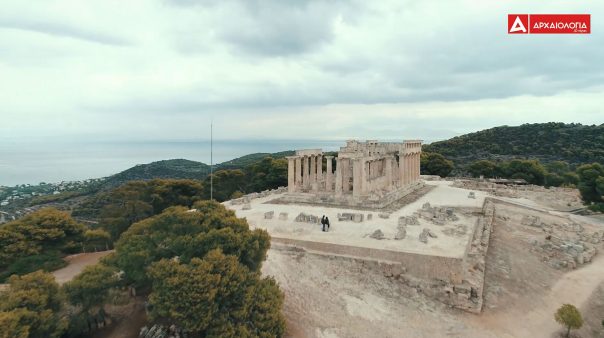
“We’re in Greece. When are we going to a beach?” Naomi asked. Kerry had spent some time island-hopping around the Greek islands and suggested we take a day trip to the island of Aegina, a short ferry ride from the port of Athens, Piraeus. Naomi was excited at the prospect of taking the train to the port, then a boat to an island where she could swim in the sea – how exotic this sounded! That was, until she heard that there was a price to pay – before we went to the beach, we would visit the temple on the island. I was as surprised as she was! How could I have visited a Greek island and not known about the temple there?
Who was Aphaia?
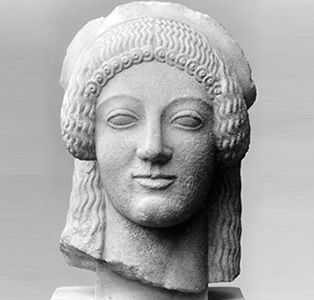
The name Aphaea means “she who is unseen”. She was the daughter of Zeus and Carme, and was known as Britomartis. The story goes that she was pursued by king Minos, and she fled the entire length of the island of Crete to escape him. When she reached the coast, she flung herself into the water but landed in fishing nets … leading to her association with the harvest of fish and animals which would typically be caught in nets. Britomartis escaped to the island of Aegina, where she hid herself among the trees on the hill where her temple now stands. When she became a worshipped deity on the island of Aegina, she was renamed Aphaia, since when she arrived on the island, she was forced to hide from Minos.
Pausanias, in his Guide to Greece tells us, “In Aegina as you approach the mountain of Panhellenic Zeus, there is a Sanctuary of Aphaia to whom Pindar composed a song for the Aiginetans. Her story is a local matter in Crete, where they say Euboulos was the son of Karmanor … and his daughter Karme bore a child to Zeus whose name was Britomartis. Her epleasure was running and hunting and she was a particular friend of Artemis. Running away from Minos, who fell in love with her, she flung herself into a net let down for fishing. Artemis made her a goddess, and not only the Cretans worship her, but also the Aiginetans, who say Britomartis appears to them on their island. Her title in Aigina is Aphaia and in Crete Diktynna.” (Pausanias 2.30.3)
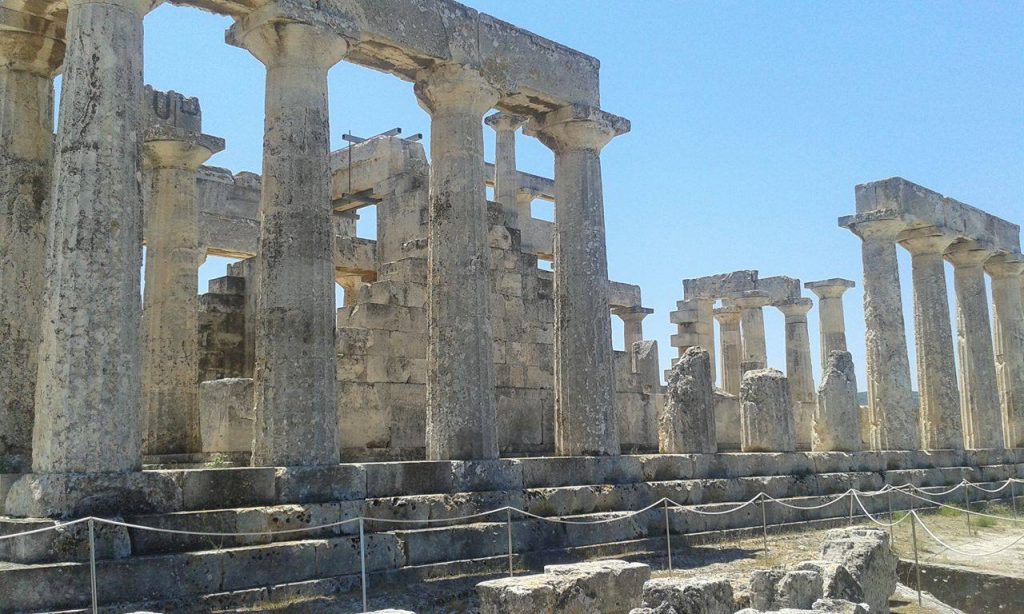
The Temple
The temple of Aphaia (or Aphaea) stands on a hill-top, and is somewhat comparable to Sounion, an imposing structure and with beautiful views all around. The sanctuary of Aphaia, of which the temple is just a part, is built on a site which has been in use for worship since the Mycenaean period. The temple which survives was built in around 500 BC, but an earlier temple built around 560 BC was destroyed by fire in 510 BC. The elements of this destroyed temple were buried in the infill for the larger, flat terrace of the later temple, and are thus well preserved. Abundant traces of paint remain on many of these buried fragments. There may have been another temple in the seventh century BC, also located on the same site, but it is thought to have been much smaller and simpler in terms of both plan and execution.
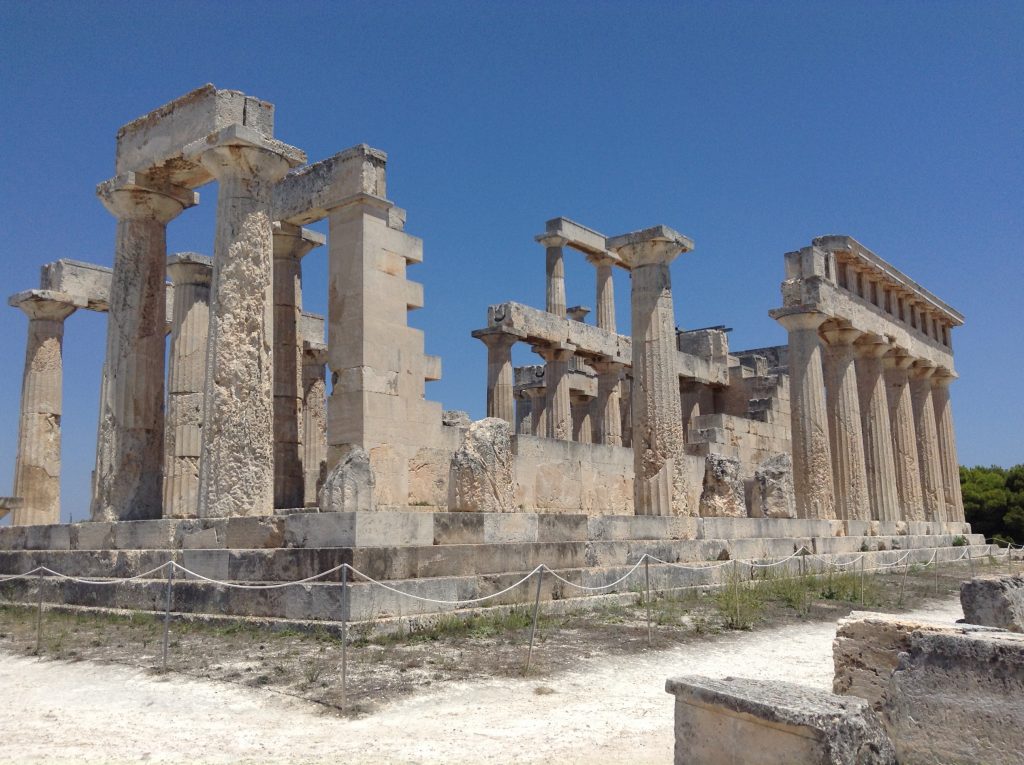
The current temple was erected on the same site as the earlier one, and with the same orientation. During the construction of the new temple, the sanctuary was refurbished with new terraces, a stone enclosure wall and imposing entrance gates (propylon) on the south side, adding to its monumental appearance. Outside the propylon was a series of buildings, which served the needs of the sanctuary. Following the Athenian domination of Aegina from the mid-fifth century, the importance of the Aphaia sanctuary declined rapidly. Some repairs were made in the fourth century and by the end of the second century BC the area was abandoned.
Since then, the temple has remained visible and imposing. In 1811, architect Charles Robert Cockerell and Baron Otto Magnus von Stackelberg explored the site, removing the pedimental sculptures. The sculptures were sold to the then Crown Prince Ludwig I of Bavaria and remain on display in the Glyptothek in Munich.
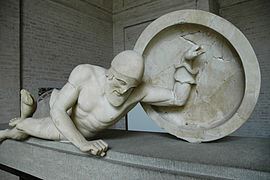
With thanks to Kerry Phelan for photos.
